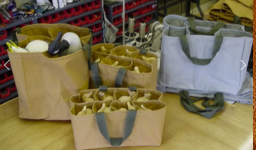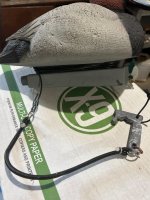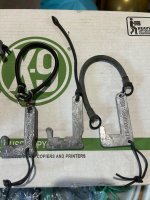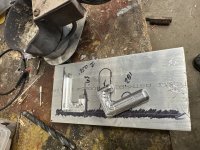Mark W
Well-known member
have used many different methods over the years. Current rig is set up using a modified Texas rig system. It works well for gathering up ducks in the water to just hook them to a carabiner and throw in the boat. Also works well in cold weather as I don't get my hands wet and cold. Problem is, they still get tangled up whether I put them in a bag or leave them loose in the boat.
One method I haven't tried is using the J type of decoy weight with either bungee of rubber at the end. Then I can just wrap the decoy line around the keel and stretch the weight to hook onto the end. Anyone use this method? Thoughts.
I I know it won't be as easy to go out and retrieve decoys and bring them back to the boat. Maybe a loop at the other end to hook to a carabiner or hold in my fingers/hand?
Apprciate the insight.
Mark
One method I haven't tried is using the J type of decoy weight with either bungee of rubber at the end. Then I can just wrap the decoy line around the keel and stretch the weight to hook onto the end. Anyone use this method? Thoughts.
I I know it won't be as easy to go out and retrieve decoys and bring them back to the boat. Maybe a loop at the other end to hook to a carabiner or hold in my fingers/hand?
Apprciate the insight.
Mark




